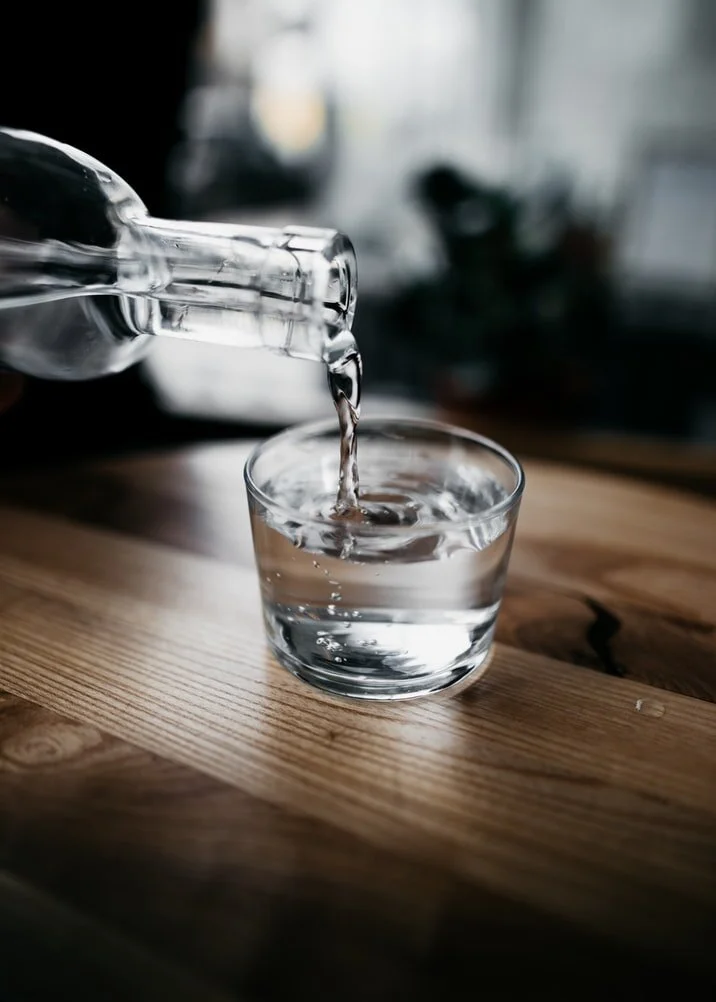Water
Water is essential for human survival. Hydration depends on water intake. During the first year of life most hydration comes from breast milk. Water consumption should be encouraged avoiding juices and sweetened beverages after 6 months of age.
In an infant that is growing normally, water may be introduced at 6 months of age in a cup. It is important to establish the taste for water instead of sweet drinks. The American Academy of Pediatrics recommends that no juice be given in the first year of life.
The introduction of sugary drinks, even 100% juices, to infants is not recommended. Hydration from sugary drinks provides empty calories. Sugary drinks predispose young teeth to decay. Any vitamins provided by juices are better obtained by eating the fruit which provide fiber and nutrition.
Introduce water in a spill proof cup. Start with small sips. In addition to hydration, it is a great way to work on developing cup skills without a big sticky mess.
Unless a child is failing to thrive, 1 to 2 ounces of water after six months of age should be well tolerated. In children who are not thriving, avoid filling their tummies with any liquid other than full nutrition of breast milk or a formula substitute. Any infant who is not growing well should be seen by a pediatrician.
Even after the first year of life juice should be kept to a minimum. Eat food for energy and nutrition. Drink water for hydration.
After the first year of life water should be ingested throughout the day, especially with activities and in heat. Sips of water during a meal is usually adequate.
In the child who has a BMI over 85th percentile, the habit of having a full glass of water before meals and snacks may help curb overeating. Regardless of BMI, water is the best choice for hydration for children and adults. By the time a child reaches 100 pounds 6 to 8 glasses of water a day is optimal.
Filtered water is preferable whether from municipal water or a well. There are counter top, under the counter and refrigerator filtration systems to choose from. Some BPA-free water bottles and pitchers have filtration units attached.
Serve filtered water in non-BPA containing cups, or reusable water bottles. Single use bottled water should be avoided due to chemical leaching of BPA and phthalates which are endocrine disruptors (see blog post on endocrine disruptors). Take care with glass bottles or cups especially in the first 3 years of life.
When children are ill they often do not eat well. At this time, hydration is all the more important. If they are not ingesting enough calories to keep their blood sugar up this may be the time to offer juice or a pediatric electrolyte drink.
Sodas should be avoided. Soda intake can contribute to inadequate nutrition or unneeded additional calories. They often contain caffeine which interferes with calcium metabolism. In order to build strong bones for life, childhood is the time to get in adequate calcium stores. Caffeine may also contribute to GI problems such as gastritis and chronic constipation. Steer clear of caffeine intake in children.
Introduce small amounts of water after 6 months of age while continuing to breast feed. Water is the primary source of hydration after infancy. Teach children to drink water when thirsty and to hydrate regularly. Advocate for practices and policies assuring safe drinking water.
The following are links to BPA-free water bottles and filtration systems.


